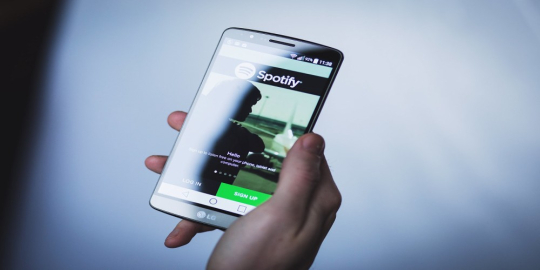
Spotify, the renowned music streaming giant, has again announced an adjustment to its subscription pricing structure, marking another instance of increased costs for its services within a relatively short time frame. The decision to raise the prices of various plans, including the individual Premium, Duo, and Family tiers, represents a significant shift that calls into question the company’s strategy and commitment to user affordability. This announcement has prompted a wave of responses among subscribers who now must decide whether to adhere to the new pricing or seek alternatives in a competitive music streaming landscape.
The price revision follows closely on the heels of previous hikes and is set to impact millions of listeners in the United States. The Spotify Premium plan, previously priced at $10.99 a month, will now cost $11.99, an increment that may seem modest but nonetheless signifies a growing trend. The Duo plan, designed for two people, sees a more considerable increase of 13%, escalating from $14.99 to $16.99. The most noticeable jump is within the Family plan, escalating to $19.99, thus exceeding a 17% surge in cost. In contrast, the Student plan remains unchanged at $5.99, providing some solace for those still in academics.
Spotify's rationale for these revisions gravitates around the need to fund further investments and innovations. By enriching its platform with new offerings, such as integration of audiobook listening and tests of features like music videos and AI-powered playlists, Spotify justifies the price hikes as necessary for the enhancement of user experience.
However, the rise in price presents a fork in the road for loyal customers. With communication soon to spread via email, users will be briefed on the revised rates set to take effect. At the juncture of increased costs, listeners are left to reconsider the value the service provides and explore the music streaming market more broadly.
Snap judgments on Spotify’s pricing strategy may yield a spectrum of consumer reactions, from measured acceptance to outright dissatisfaction. While some may view the elevation in pricing as a reasonable trade-off for a premium experience, others may find themselves evaluating alternative streaming services like Apple's music service or Tidal. The incoming changes push subscribers to ponder the implications of the heightened cost against the backdrop of an evolving content-creation arena, prompting the ultimate question: is the price of musical enjoyment rising too high, or are users truly receiving a superior auditory journey? Only time and market dynamics will tell how this pricing maneuver will play out for Spotify and its vast user base.